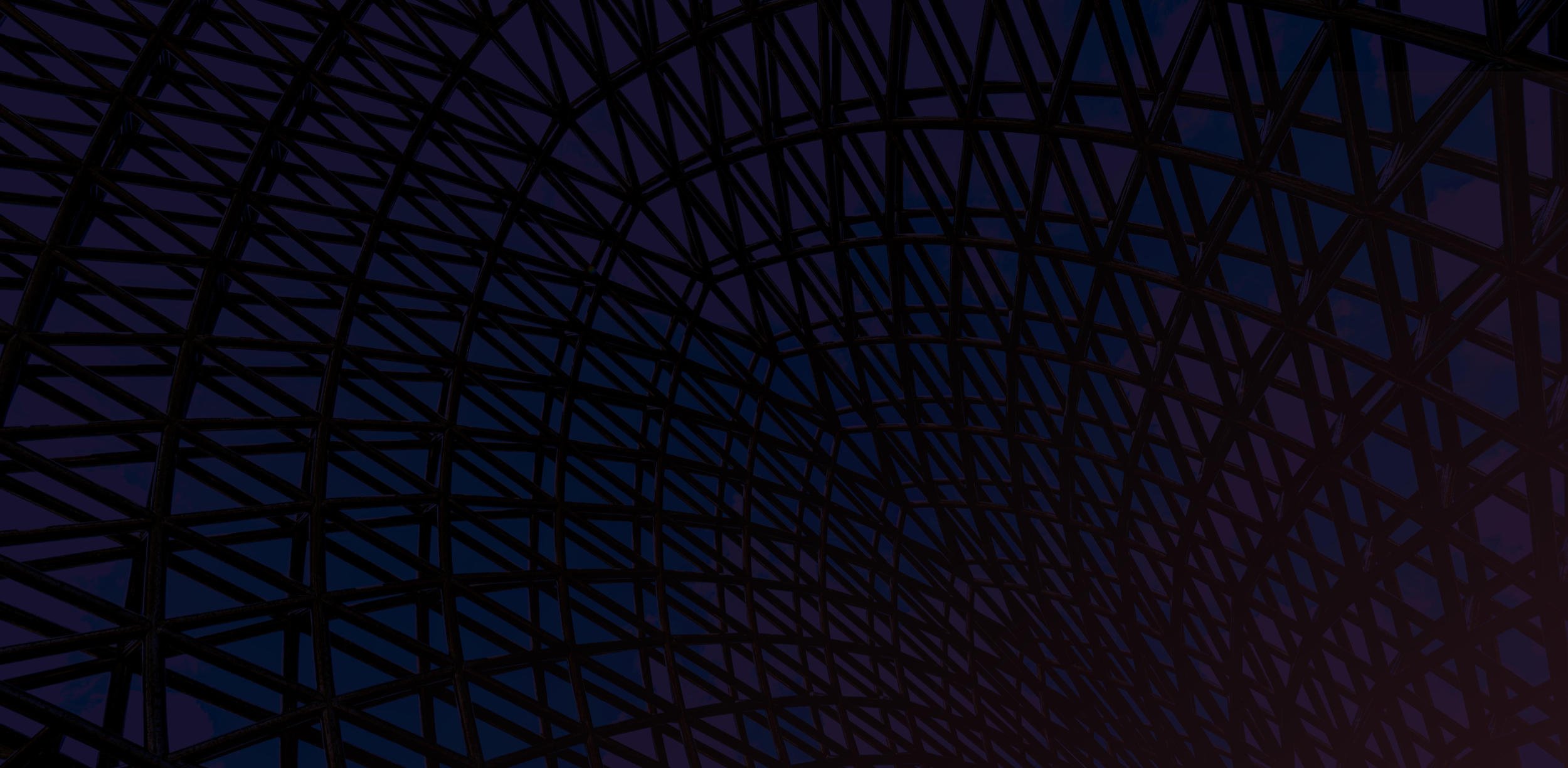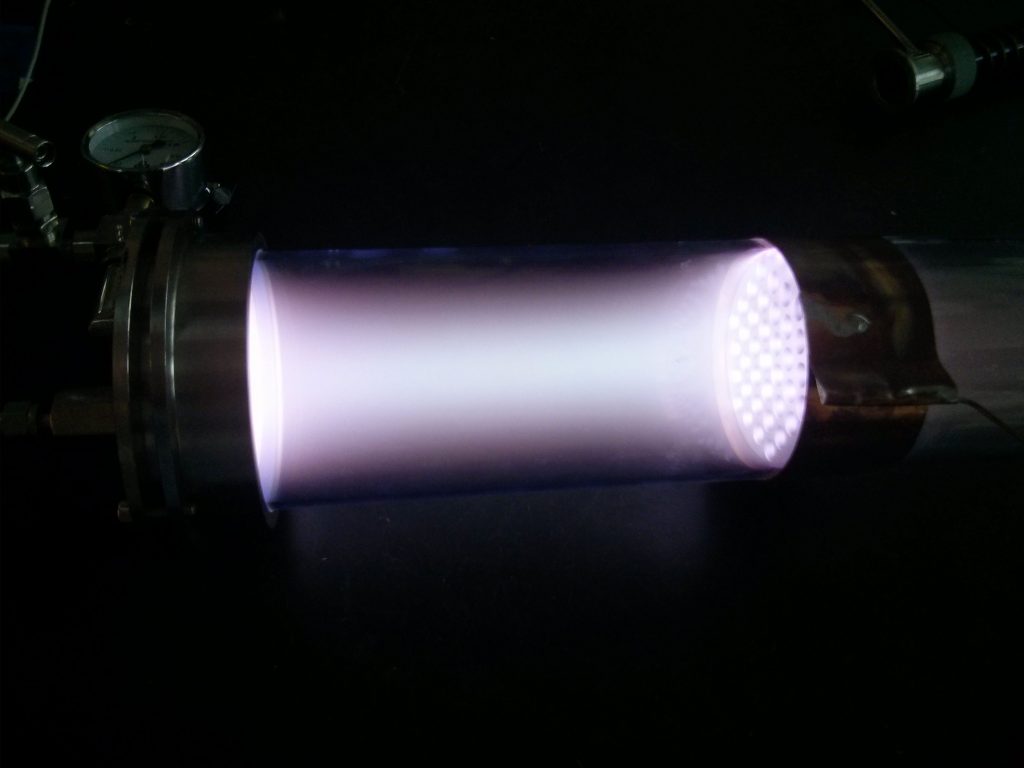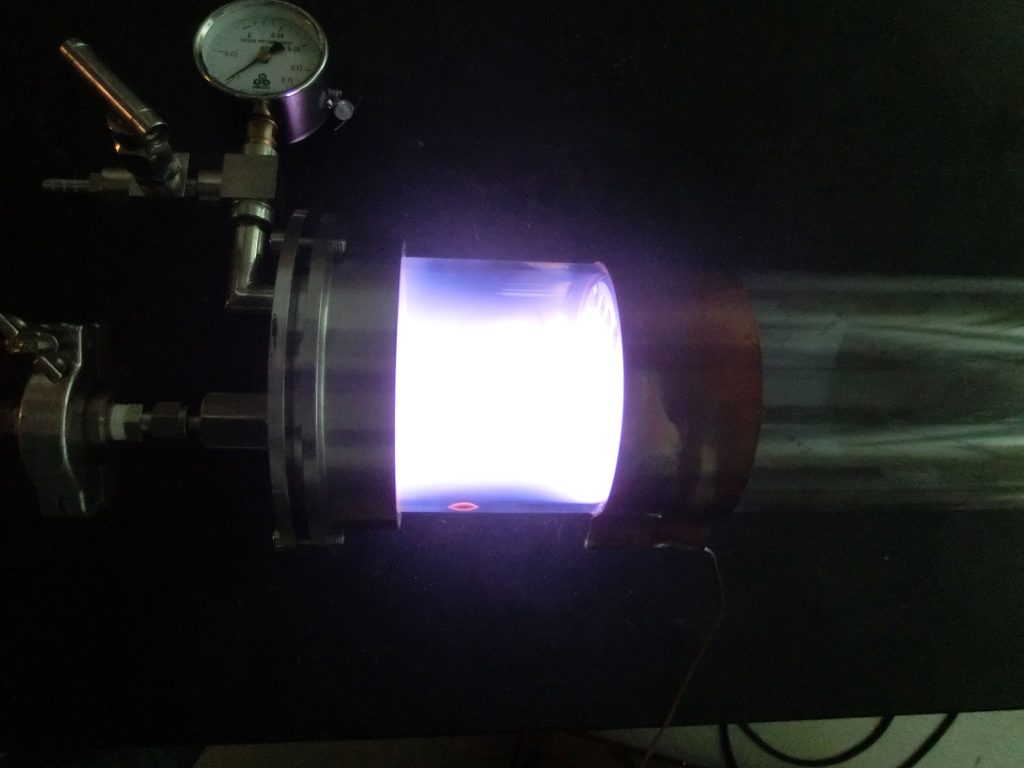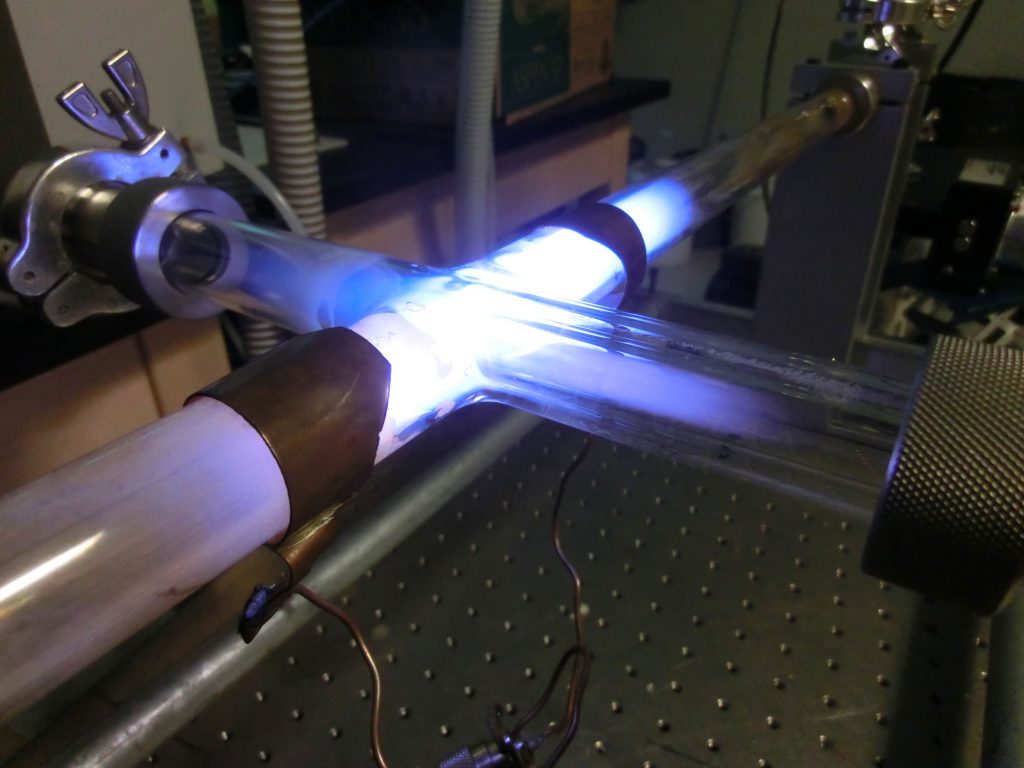Name: Lorenzo Mangolini
Organization: University of California, Riverside – Associate Professor in the Department of Mechanical Engineering
Hometown: Milan, Italy
Hobbies/Interests Outside of Work: Playing squash
Research Area/Focus Area (as it relates to the MSEE URA): Research Area 2 / Focus Area 2: Materials and Manufacturing for Synergistic Effects / Tailoring Chemistry via Materials
How does the MSEE URA and its collaborative nature benefit you?
I specialize in processing of materials using low-temperature plasmas, and I am a big advocate of this field and technology. MSEE URA is a great opportunity for my research group. It is a perfect fit for my research expertise, and it will be a great proving ground for low-temperature plasma technologies. Researchers like myself who are active in this area already know that we can succeed where many other processing techniques fail. We can produce small powders, modify their surfaces almost arbitrarily, and handle materials from polymers all the way to refractory ceramics. I am looking forward to apply my expertise to the needs of the consortium.
How will the MSEE URA will be improved through your involvement?
My group aims at meeting the need for the broad range of materials chemistries and surface functionalities that are of interest to the consortium. Within this project, and in close collaboration with the other groups within the MSEE URA, we’ll design, fabricate and test nanostructures that have not been realized before. I am excited about the strong novelty component of this effort, and about the fact that my group is uniquely position to meet the needs for novel nanomaterials.
Describe your plans for collaboration within and external to the URA.
I am lucky to have outstanding collaborators at UC Riverside, such as Michael Zachariah, who is a leader in the design of energetic materials, and Bryan Wong, with whom I have already worked closely for several years by now. I am looking forward to start as many collaborations as possible within the URA, and I am confident that our collective findings will soon pave the way for new collaborations. In particular, I think we’ll soon find the need for advanced characterization of our materials, both at high spatial and temporal resolution.





